Campaign aims to make road crossings safer
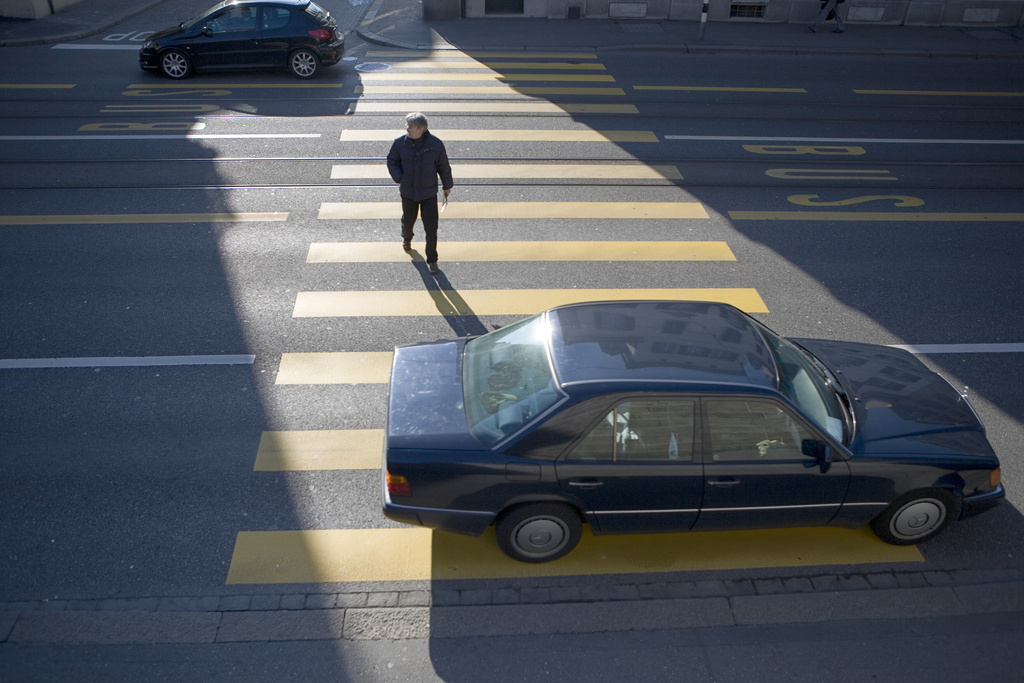
So many pedestrians are hurt on road crossings every year that the government is launching a campaign to make everyone aware of the dangers.
In recent weeks Swiss newspapers have been full of stories of people killed or injured, ranging from pensioners to schoolchildren.
But Gianantonio Scaramuzza of the Council for Accident Prevention told swissinfo.ch that he was not convinced that the number of accidents had in fact risen.
“I really wonder if the case isn’t rather that there’s been a rise in the number of media reports. If we look at the evolution of accident numbers over the past 30 years, we see a positive trend: serious accidents on pedestrian crossings have fallen by about 75 per cent.”
Even so, on average one person is killed and nine badly hurt on crossings every week, especially in winter, he admitted.
Different factors
“Drivers must realise that they don’t have right of way on a crossing. By law pedestrians have clear priority, but for their own safety they do sometimes have to give way,” Scaramuzza warned.
Accident analyses show that in more than 85 per cent of cases, the driver was solely responsible. Only in three per cent of cases is the pedestrian fully to blame, he said.
Stephan Müller, speaker of the motorists‘ association Touring Club of Switzerland (TCS), also attributes many of the accidents to human error.
“Both drivers and pedestrians sometimes fail to realise the dangers lurking on a crossing,” he told swissinfo.ch.
But he also cited instances of “totally irresponsible behaviour”, such as when a drunk driver runs over a child.
For Christine Steinmann of the Swiss Association for Transport and Environment, the crop of accidents in the past few weeks is connected with the season.
“Unfortunately there are far more accidents involving pedestrians in the winter months than in summer, mainly because it gets dark earlier,“ she told swissinfo.ch.
“It’s already dark when people leave work, and that’s the most dangerous time anyway.”
Enough is enough
Because the number of accidents on crossings has not dropped this year, the government is planning a three-year awareness-raising campaign to start in 2012 and aimed at both drivers and pedestrians. This cost of this safety offensive, SFr6 million ($6.3 million), will be borne by the Road Safety Fund.
The Transport and Environment Association has already contributed to the debate. At the beginning of December it launched its own campaign calling for safer interaction between road users. It tested about 100 crossings and came to the depressing conclusion that half of them needed to be improved.
TCS, the Transport and Environment Association and the Swiss Pedestrian Association have all applied to take part in the government campaign.
Quality not quantity
There are between 40,000 and 50,000 pedestrian crossings in Switzerland. But Scaramuzza admits that many of them leave much to be desired.
About half are incorrectly positioned, are not needed or haven’t been designed properly. There are five main safety criteria that they should meet, to ensure that they don’t become deathtraps, or give people a false sense of security, he explained.
The first is that there should be a central island. Secondly, lighting is very important: the pedestrian should stand out against the background. And yet many crossings are incorrectly lit, or not lit at all.
Then the driver’s field of vision should not be blocked by walls or bushes or similar obstacles, and should not be restricted by a bend in the road. And pedestrians should not have to cross more than two lanes of traffic before getting to the other side or to an island.
And finally, the more pedestrians use crossings, the safer they are.
Could do better
The Council for Accident Prevention says Switzerland has one of the better records in Europe as far as accidents involving pedestrians are concerned. But Germany, Iceland, the Netherlands, Norway and Sweden all do better.
But Scaramuzza says it is difficult to compare figures meaningfully from one country to another. They are calculated in proportion to a country’s population. But they do not take into account how many people there are in the streets.
“If there are no pedestrians, you won’t have any accidents either.”
Given that there are lots of pedestrians in Switzerland, its record is good but “but we are not top of the class”.
Official statistics revealed that in 2011 5.4 million motor vehicles were registered in Switzerland, up from just under 4 million in 1990.
Motorcycles have more than doubled in number from 299,264 vehicles in 1990 to 651,202 in 2010.
The number of diesel-fuelled vehicles on Swiss roads has risen 18% to 739,000, while some 17,100 hybrid vehicles are also in circulation.
Passenger cars using traditional petrol have been declining in popularity since 2003.
(Translated from German by Julia Slater)

In compliance with the JTI standards
More: SWI swissinfo.ch certified by the Journalism Trust Initiative
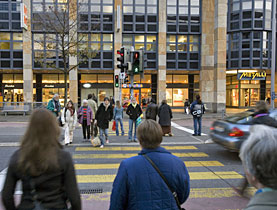
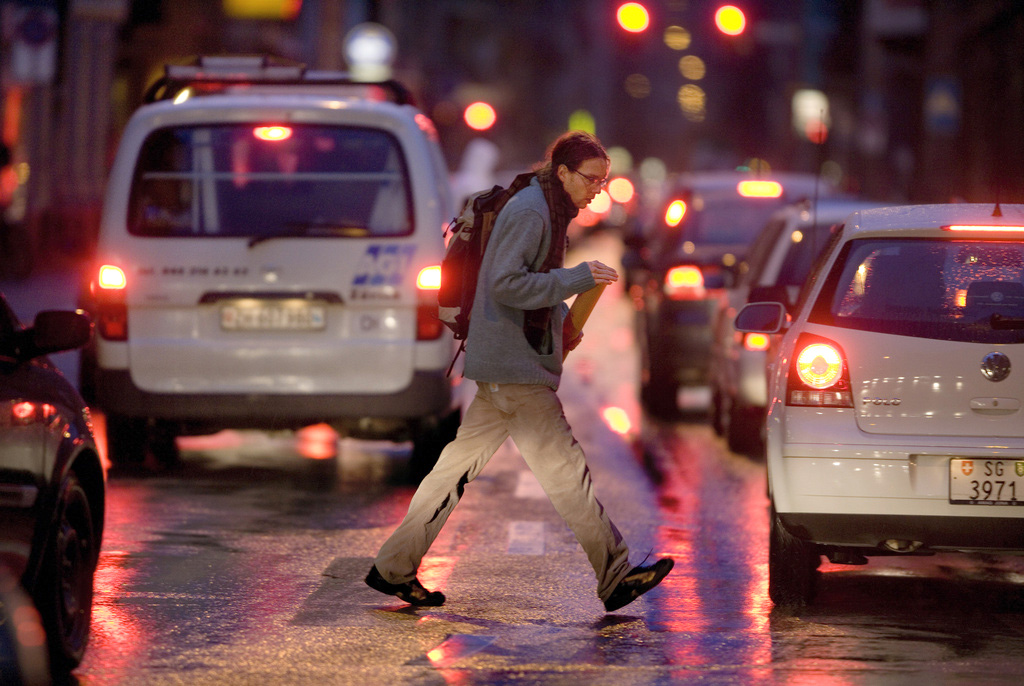
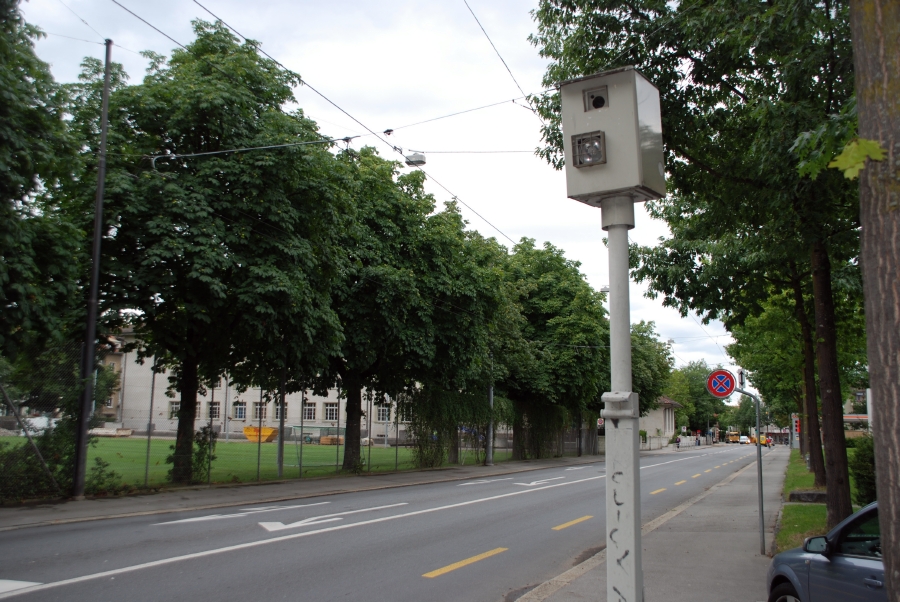
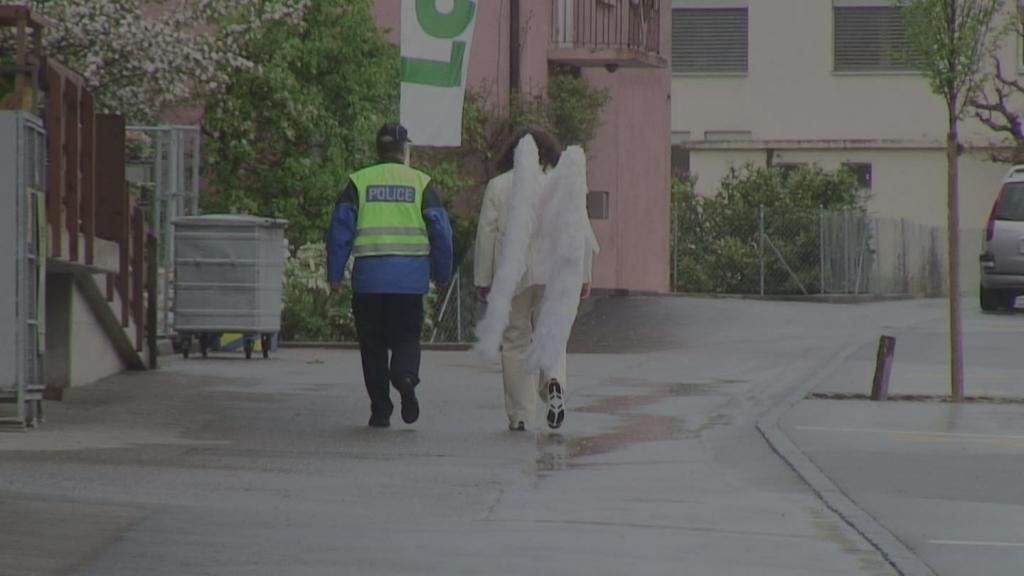
You can find an overview of ongoing debates with our journalists here. Please join us!
If you want to start a conversation about a topic raised in this article or want to report factual errors, email us at english@swissinfo.ch.